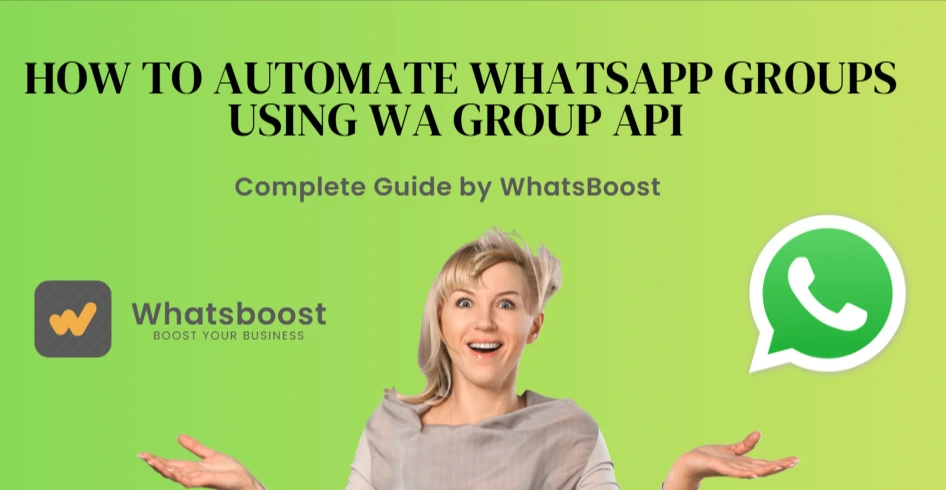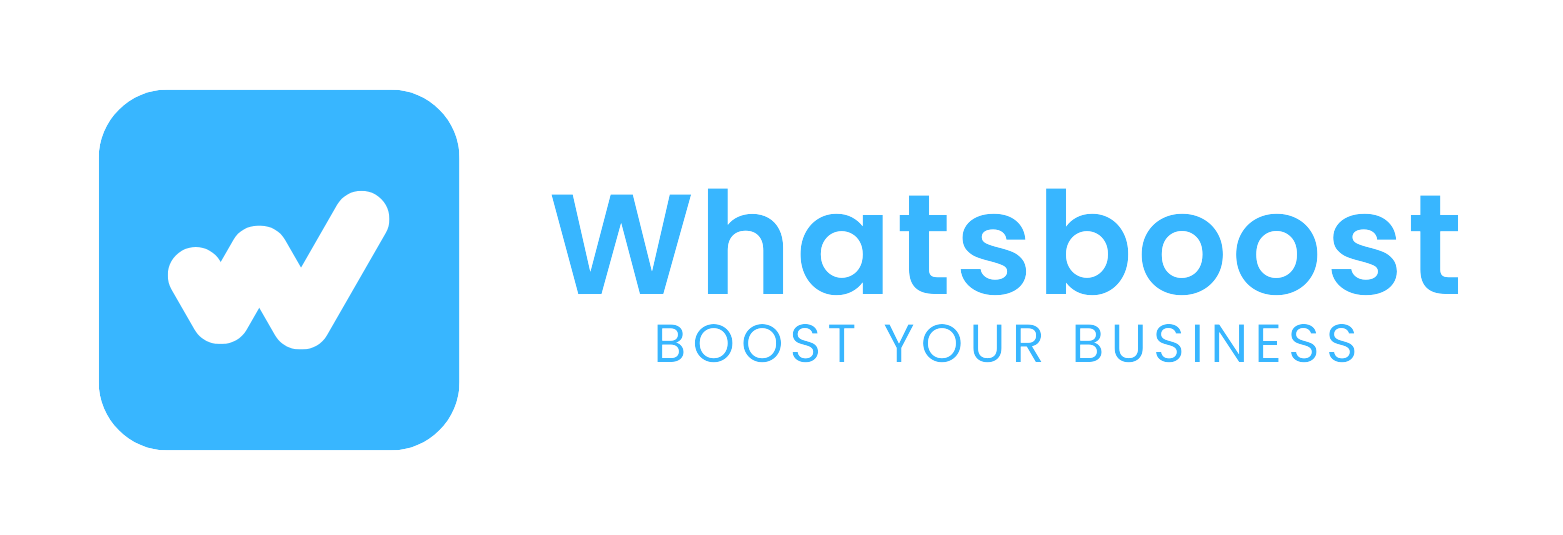
How to Automate WhatsApp Messages for Your Business: Practical Guide & Strategies
Learn expert strategies for automating WhatsApp messages to boost engagement, streamline support, and grow your business—plus top features, best practices, and common mistakes.
Digitally savvy businesses are unlocking new levels of customer engagement and efficiency by automating WhatsApp messages—from instant notifications to seamless support and order updates. This comprehensive guide demystifies WhatsApp automation, showcasing key features, real-world use cases, and expert advice for maximizing results with modern automation tools.
Why Automate WhatsApp Messages?
With over 2.5 billion users, WhatsApp is a powerhouse for direct, conversational business communication. Manual responses, however, quickly become unscalable. Automation enables businesses to:
Respond instantly to customer inquiries 24/7
Send timely notifications (reminders, order updates, alerts)
Deliver personalized campaigns at scale
Integrate seamlessly with CRM and e-commerce systems
Reduce manual work and speed up service resolutions
Strategic automation not only saves time but can also increase open rates, improve customer satisfaction, and drive more sales—helping businesses meet rising expectations for speed and personalization.
Core Methods to Automate WhatsApp Messaging
1. WhatsApp Business API-Based Automation
For medium to large businesses, the WhatsApp Business API enables advanced automations—like bulk messaging, workflow triggers, and real-time integrations. Leading platforms (like Whatsboost) offer visual, no-code interfaces to build these automated workflows.
Features include:
Auto-replies to FAQs
Event-triggered messages (order status, payment confirmations)
Chatbots for instant support
2. No-Code Workflow Tools
Automations can be built without programming using workflow platforms (e.g., Whatsboost’s drag-and-drop builder), connecting WhatsApp with apps like CRMs, e-commerce tools, or Google Sheets to trigger messages based on real-world events (like an order update or new lead).
3. Chatbots and AI Assistants
AI-powered chatbots handle repetitive questions, escalate to human agents as needed, and deliver consistent, on-brand responses. Modern solutions allow easy setup, often without any coding skills.
Practical Use Cases: How Businesses Automate WhatsApp
How to Set Up WhatsApp Message Automation: Step-by-Step
Get Approved for WhatsApp Business API
Most advanced automation requires API access. Start by requesting access through official partners (like Whatsboost).Connect Your Business Systems
Integrate CRM, e-commerce, or webhook-based apps with your automation platform.Map Out Customer Journeys & Trigger Points
Identify high-impact touchpoints: order updates, appointment reminders, support queries, feedback requests.Design Message Flows and Templates
Use visually intuitive builders to design conversations, auto-replies, and bulk message templates that match your brand voice.Test and Launch
Always test automations with internal data and teams before going live.Monitor Analytics & Refine Flows
Track metrics such as response time, open rates, and conversions; continually refine automations for performance.
Example WhatsApp Automation Message Templates
Note: These are 100% original examples to inspire your setup.
Order Confirmation:
“Hi [Name], thanks for your purchase! Your order #[OrderID] is confirmed and will ship soon. Need help? Reply here.”
Appointment Reminder:
“This is a quick reminder of your appointment at [Business Name] scheduled for [Date & Time]. Can’t make it? Let us know, and we’ll reschedule.”
Customer Feedback Request:
“We value your opinion! Please rate your recent experience with us by replying ‘Great’, ‘Okay’, or ‘Needs Work’.”
Support Auto-Reply:
“Hello! Our team received your question and will follow up soon. In the meantime, check these resources: [link].”
Pro Tips for Effective WhatsApp Automation
Keep messages concise and action-oriented.
Personalize whenever possible (merge fields like name, order ID).
Don’t over-message: too many notifications annoy users and risk opt-outs.
Provide human agent escalation for unresolved queries.
Test WhatsApp templates for compliance to avoid delivery failures.
Best Practices: Unlocking Maximum Value
Map automation to real business problems—focus on time-saving and increasing customer joy.
Continuously optimize messaging flows using analytics on open rate, response speed, and satisfaction.
Segment and target your audience so each automation feels relevant, not generic.
Educate staff on responding to escalations and using automation tools effectively.
Common Mistakes to Avoid
Generic, non-personalized messages that feel like spam.
Over-automation: not allowing easy human handover for complex inquiries.
Neglecting compliance with WhatsApp Business policies (such as unapproved message templates).
Forgetting to audit automation regularly—outdated flows can harm customer experience.
Conclusion: Building a Future-Ready Messaging Strategy
WhatsApp automation delivers measurable benefits—faster responses, happier customers, reduced operational costs, and stronger sales outcomes. By harnessing the right tools, best practices, and continual optimization, you can transform WhatsApp into your business’s most valuable communication channel—all while delivering genuine, personalized service at scale.
Ready to boost your WhatsApp business automation? Start with a platform designed for seamless integration, easy setup, and robust analytics to maximize every customer conversation.
